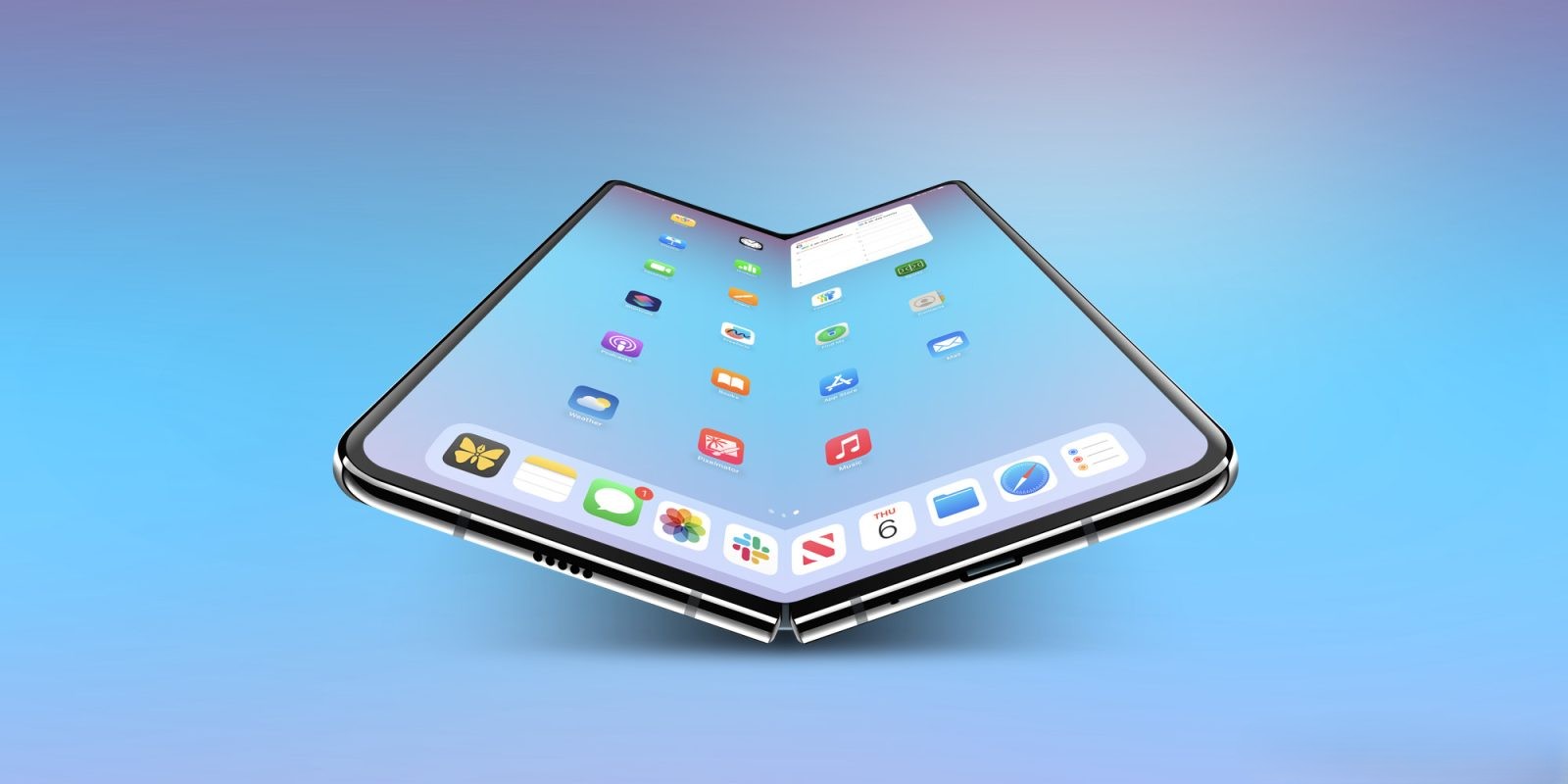Apple’s initiative to introduce a plastic version of the Apple Watch SE has encountered significant obstacles, casting uncertainty over the project’s future. The design team has expressed dissatisfaction with the aesthetic appeal of the plastic model, while the operations team struggles to achieve the anticipated cost reductions compared to the existing aluminum casing.
The primary objective behind transitioning to a plastic chassis was to lower production expenses and enhance the device’s attractiveness to a younger demographic. A plastic body would have allowed Apple to offer the Watch SE in a variety of vibrant colors, reminiscent of the iPhone 5c’s approach. However, the anticipated cost savings have not materialized, with production costs for the plastic version aligning closely with those of the current aluminum model.
The current Apple Watch SE, launched in 2022, is priced at $249 in the United States. It was anticipated that a plastic variant could be offered at a reduced price point, potentially around $200, making it more appealing to families and first-time smartwatch users. Despite these intentions, the challenges in reducing production costs have hindered progress.
Earlier reports suggested that Apple was considering a plastic design to position the Watch SE as a smartphone alternative for children, especially in light of increasing school restrictions on phone usage. The company had been emphasizing features like parental tracking and communication to support this strategy. However, the current setbacks have cast doubt on the viability of this approach.
As of now, it remains uncertain whether Apple will continue to pursue a child-focused model in future iterations or if they will overcome these challenges in time for a new version to debut in late 2025.



